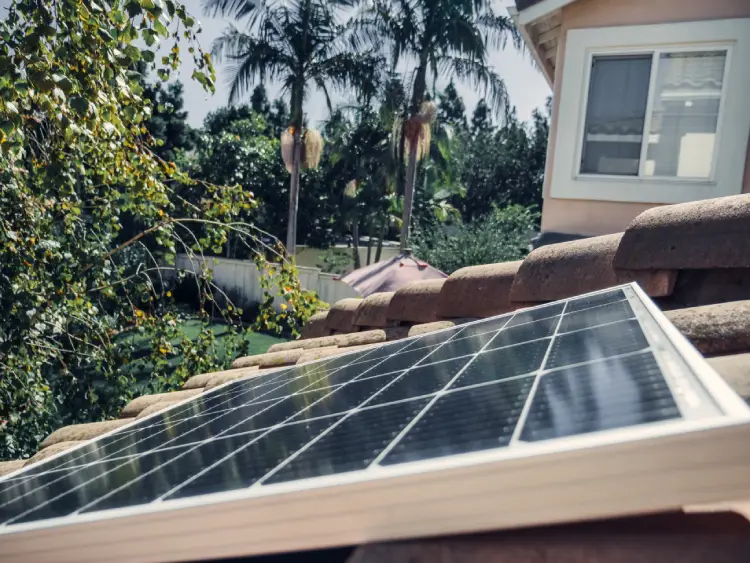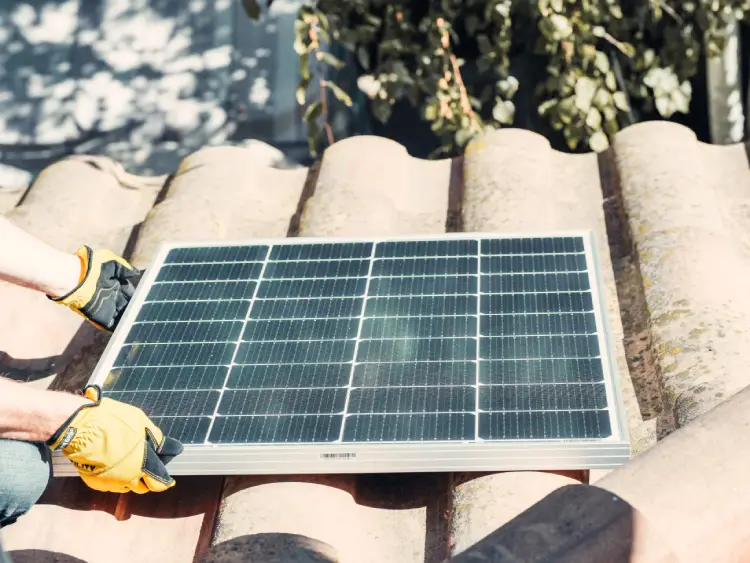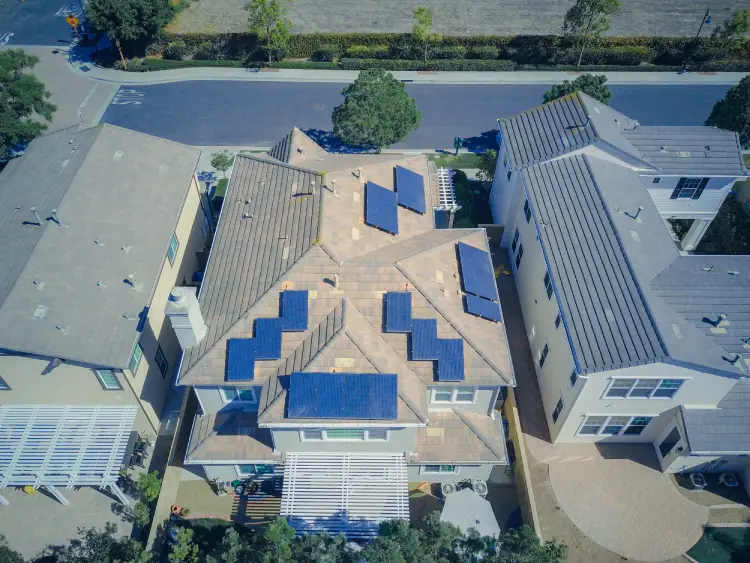Protect your home and business during a power outage with a solar battery backup system from Watt Electric Inc.
It will keep your home running during a power outage, ensuring you have the lights on, the refrigerator cold, and the AC blowing.
Not only will you be keeping your family safe and comfortable in an emergency situation, but you’ll also be doing your part to help the environment by using renewable energy. Plus, with Watt Electric Inc., you know you’re getting a quality product backed by our team of experienced professionals.
Contact us today for a free consultation on installing a solar battery backup system in your home!
Go green with solar battery installation
Going green with solar and battery installation is a great way to help the environment and save money on your energy bill. It collects energy from the sun and converts it into electricity, which can then be used to power your home. Battery installation helps to store this electricity so that it can be used even when the sun isn’t shining. This is especially important during power outages or when you need to use backup power. Solar and battery installation is a great way to reduce your carbon footprint and save money on your energy bill.

How much does solar battery installation cost?
The cost of installing a solar battery will vary depending on the size of your home, your average daily electricity usage, the type of battery you choose, and other factors. A typical home solar battery system can range in cost from $5,000 to $10,000. However, many utility companies offer rebates and other incentives that can significantly reduce the upfront cost of installation. In addition, it can significantly reduce your electric bill, meaning that they will eventually pay for themselves. As a result, this is a smart investment for any homeowner interested in reducing their carbon footprint and saving money.

What you need to know about solar panel battery setup
A solar panel battery setup is a great way to generate your own electricity and reduce your reliance on the grid. It converts sunlight into electrical energy, which can then be stored in batteries for use when the sun isn’t shining. There are a few things to consider, including the size of the battery, the number of panels, and the location of the panels. The battery will need to be large enough to store enough electricity to power your home during a power outage, and the panels will need to be installed in an area where they will receive plenty of sunlight.

